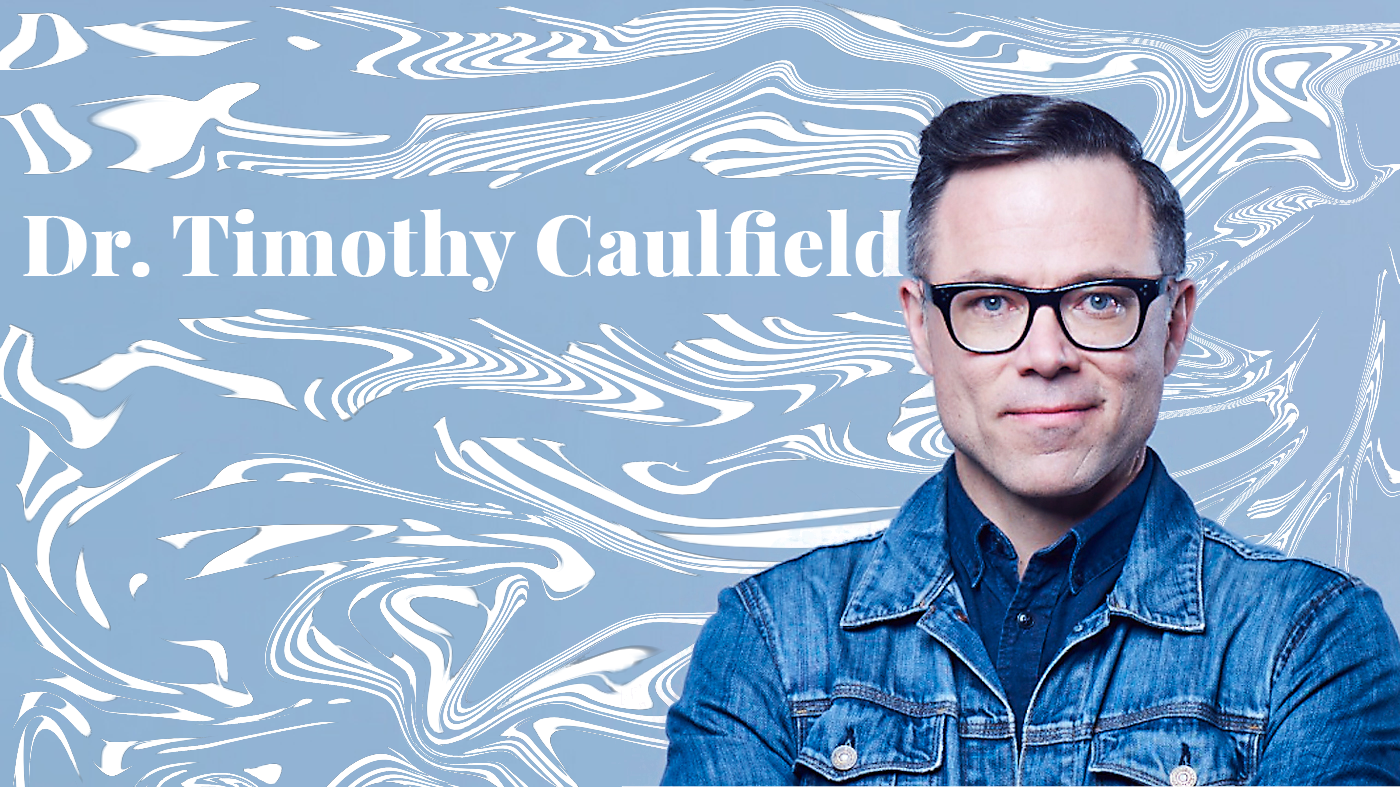
Are you currently wondering whether you should take a COVID-19 vaccine? Have you heard stories, maybe from a celebrity or influencer, that make you hesitant to receive a vaccine?
The #ScienceUpFirst social media campaign is designed to tackle these types of questions and push back against the increase of misinformation in circulation, especially on social media. It is spearheaded by Dr. Timothy Caulfield, Canada Research Chair in Health Law and Policy, and professor in the Faculty of Law.
As a graduate student interested in science communications I have noticed that, in recent years, social media has become a popular platform for science communicators (check out #scicomm). Ironically, social media is also where a lot of misinformation is spread. It makes perfect sense that a campaign to tackle misinformation is taking place on social media, where all kinds of conversations about science-related topics are happening.
I met with Professor Caulfield to ask him about misinformation and how we can be more savvy about the information we read on the internet.
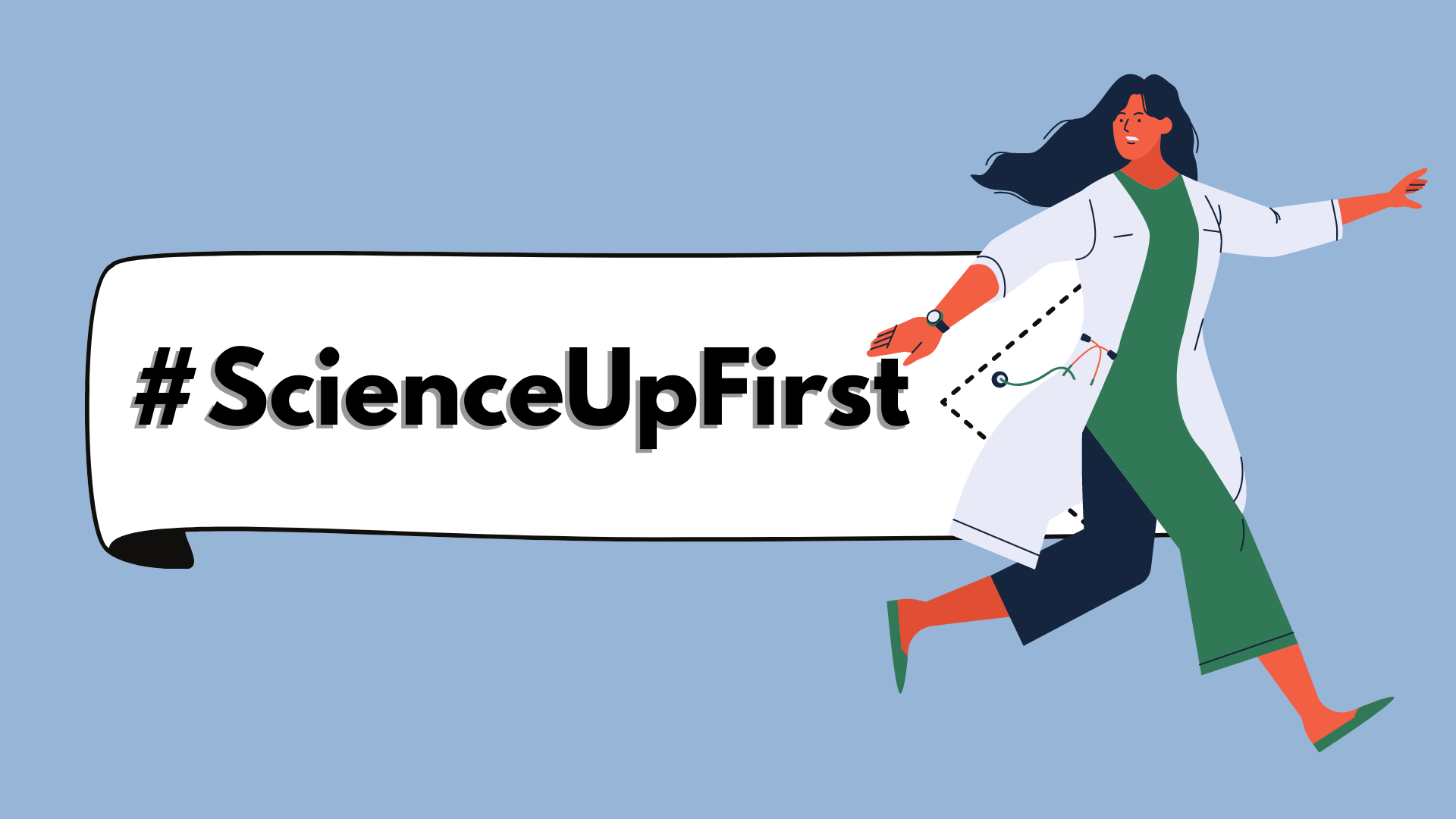
Tell me about the #ScienceUpFirst campaign.
The hope for this campaign is that it motivates a new generation of knowledge seekers that are not just simply sharing information, but truly deciphering and analyzing the data shared on social media. One of the major issues with misinformation is that it is generally more shareable and can be made into short, easily viewed pieces such as memes and short TikTok videos. #ScienceUpFirst is designed to counter misinformation with content that is just as shareable. Our team of 1,500+ volunteer experts find, verify, and share informative content. We want to make it easy for people to participate by following on their favourite platform. If people come to #ScienceUpFirst they can be comfortable sharing the information they find.
For example, there was a recent rumor that COVID-19 vaccines cause infertility problems, yet there has been no scientific evidence to support this. The team at #ScienceUpFirst quickly identified science-based content to counter this and shared it on all of our platforms.
What are some strategies you recommend for identifying misinformation?
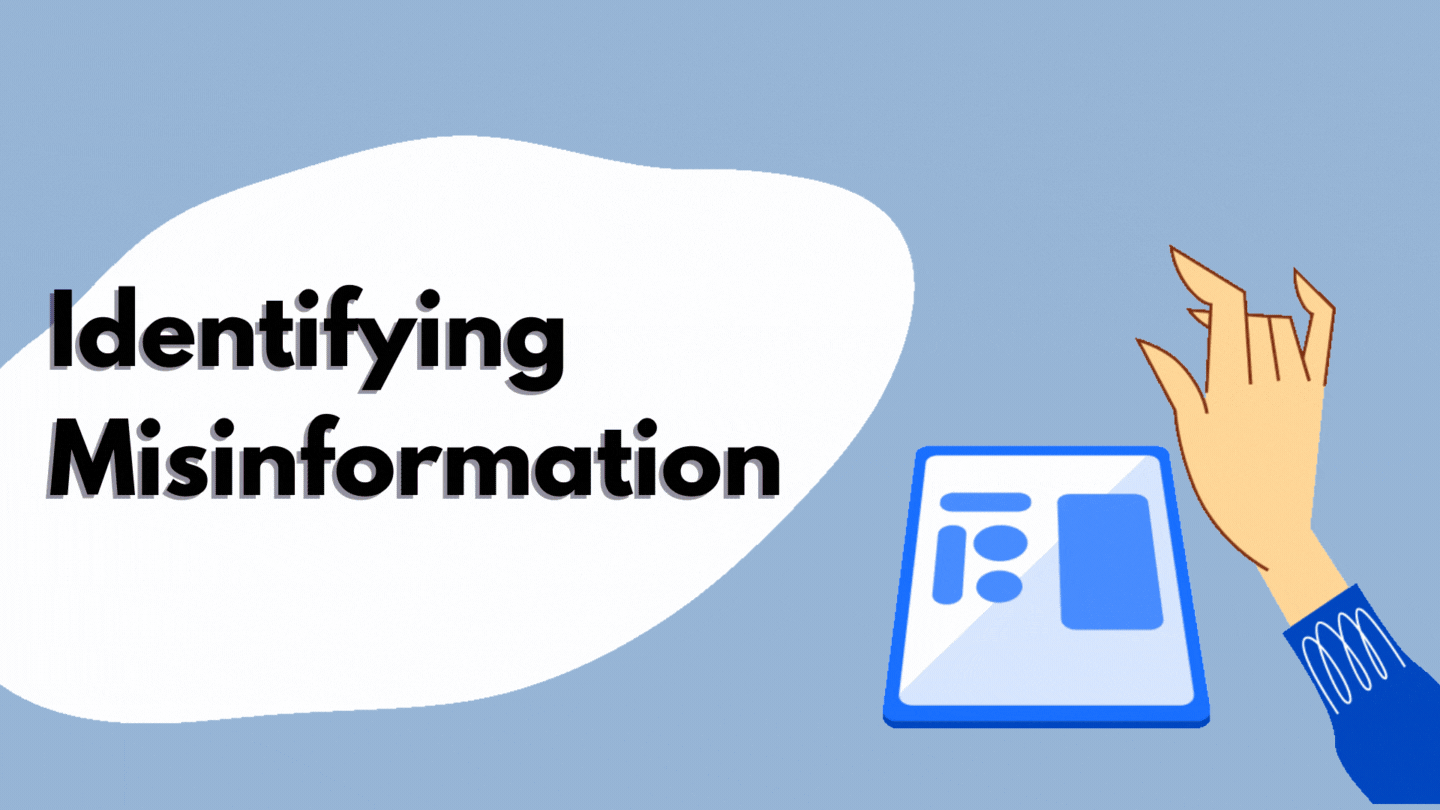
Always double check information first using reputable websites. If it is big news you’ll be able to find more than one source reporting on it. The information should be available in more than one place. Like the work done by Gordon Pennycook suggests, sometimes just taking a pause and a breather before reading too much into an article can prevent the spread of misinformation. It’s unlikely that an obscure website shared on Facebook will have access to secret information that cannot be validated somewhere else. Ask yourself, what type of evidence is being used? Is this a testimonial? Who is writing this information, and what stakes do they have in what they are selling? Are they influencers? Do they profit from whatever they may be selling?
What are some common misconceptions that have spread because of COVID-19?
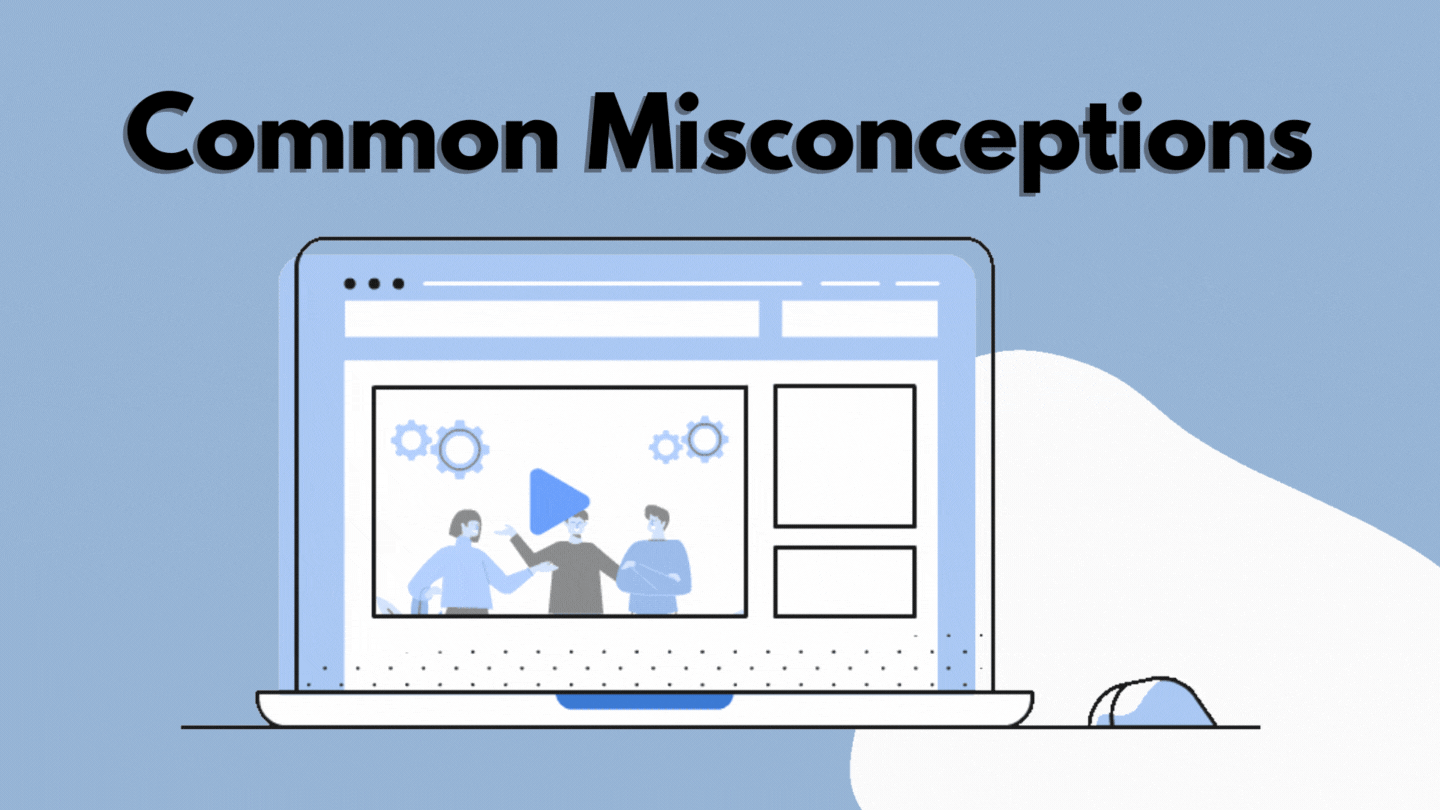
One of the biggest categories of misinformation has been in the area of cures and treatments for COVID-19. With the vaccines that have been approved, there is a lot of misinformation about the speed, the regulatory process, the risks involved, and the side effects. This is a huge problem given the recent plan of the government to ensure everyone is vaccinated against the coronavirus so we can all go back to normal again as we would like.
One of the biggest contributors to vaccine hesitancy has been misinformation. This hesitancy is usually based around fear. Individuals have concerns about their family, themselves, and their community, and want to keep them safe while making the best decision for their health. These groups of people are known as the “movable middle,” and they differ from the hardcore deniers. The goal is to pull the “movable middle” toward evidence-based decisions.
In your experience, what has been the biggest contribution to misinformation today?
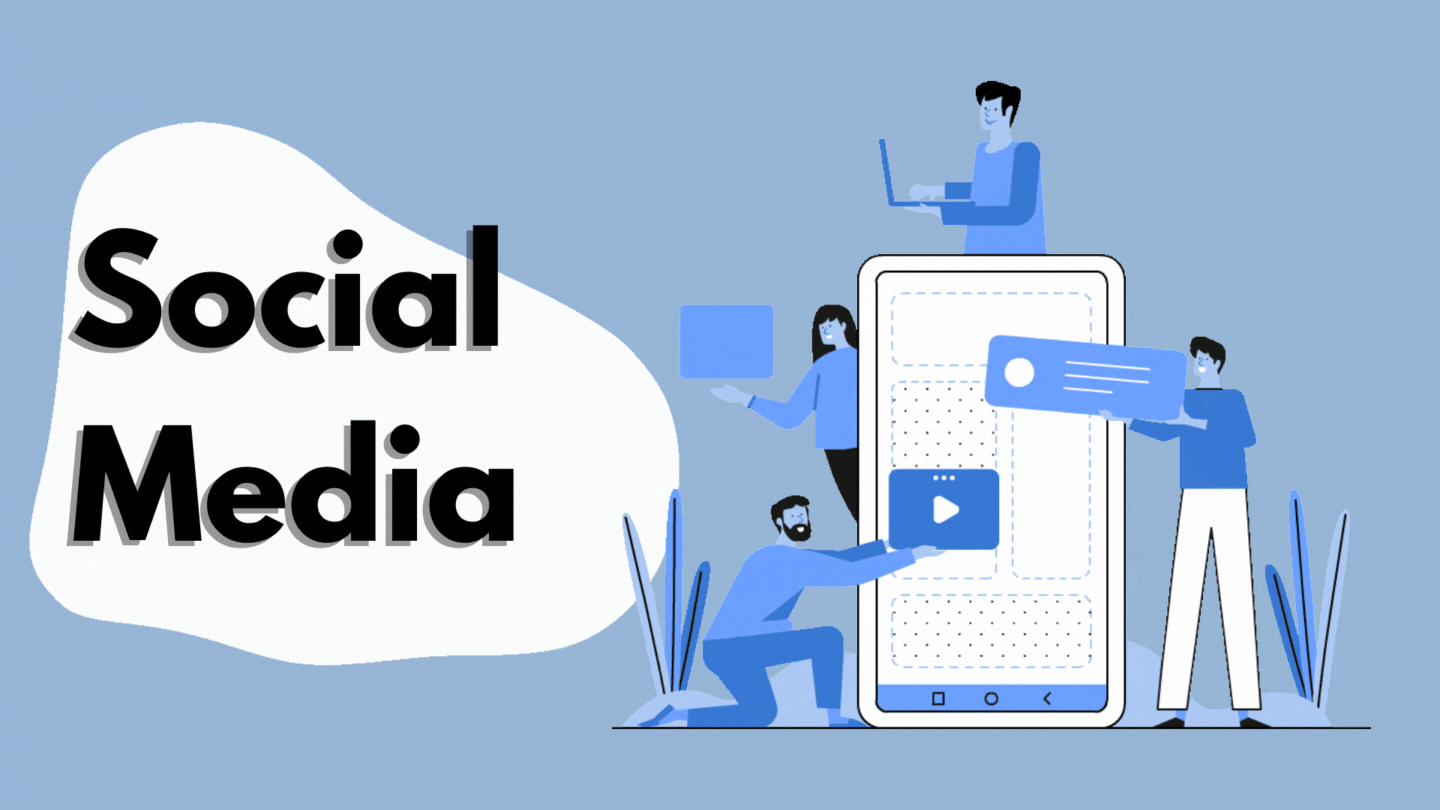
Misinformation is largely a social media phenomenon right now. It can be shared freely and quickly on social media. Social media influencers have a huge impact on spreading misinformation. There is a study out of McGill that found that people who primarily get information from social media are more likely to believe misinformation. It’s logical to focus on tackling misinformation on social media for now, as we need to get through to people in the places where the issues are emerging.
However, misinformation is a complex issue that requires tackling from different directions. Misinformation comes from all over. It exists in many forms. Some communities do not have access to the internet and social media and we have to think of creative ways to create solutions for those communities.
Do you think the scientific and broader communities have a responsibility to challenge misinformation?
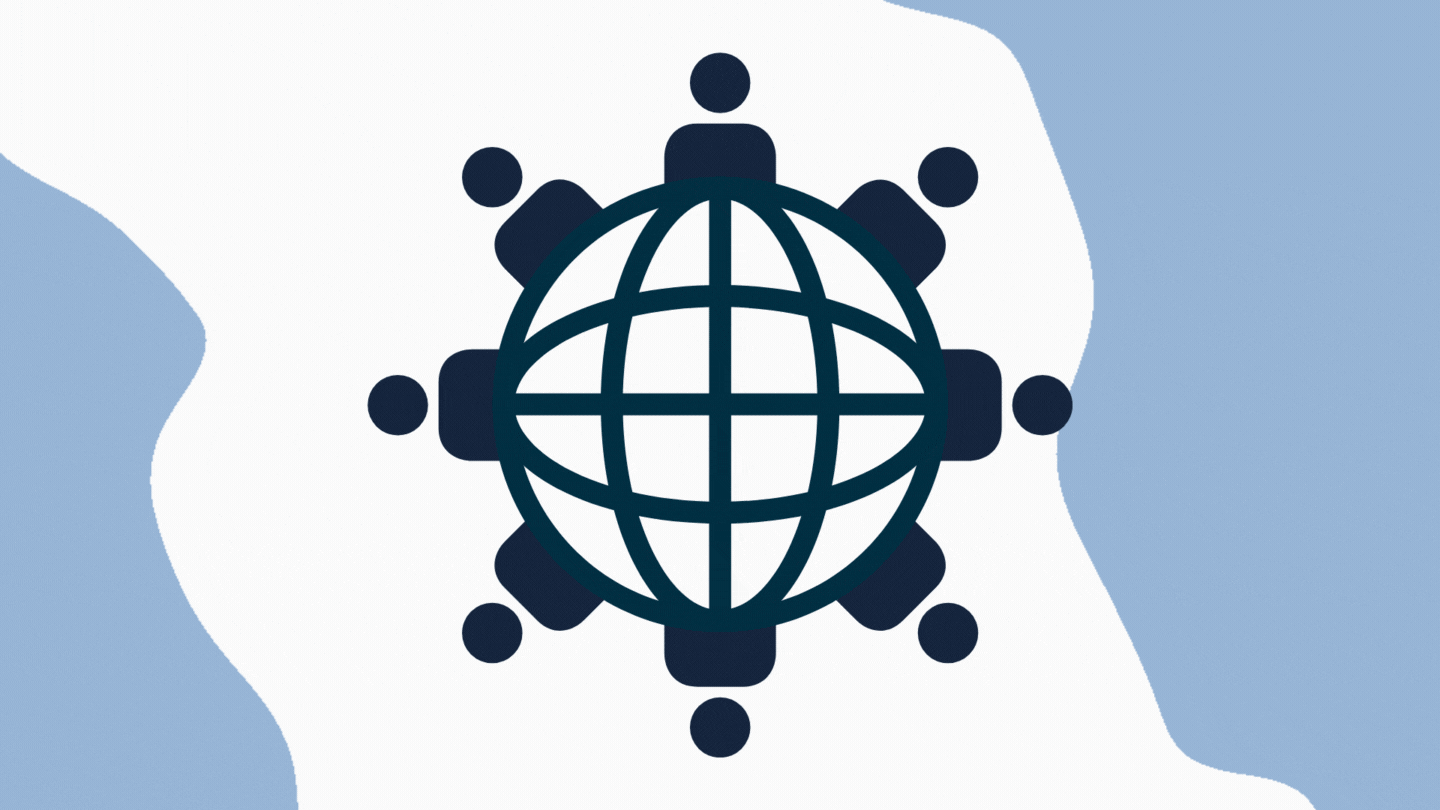
Tackling misinformation is the responsibility of academics, clinicians, and researchers especially if it is your area of expertise. In order for this to occur, academic institutions, government, and political leaders must support the work they are doing by ensuring individuals are encouraged and supported when they step into this role. We are seeing a rise in scientists stepping into the media and doing interviews. We need to showcase the passion and fun these individuals have and how they bring this to their role as educators to the general public.
It is also the responsibility of the general public to ensure not to share misinformation. This is a little tougher. Most people want to be accurate. But due to the nature of social media — it is a frenetic information environment — it is too easy for individuals to share misinformation.
(Author’s note: A great thing that came out recently during the pandemic was the use of fact checking on Twitter and Instagram. These social media platforms have made it their responsibility to flag messages or content that might be overtly misinforming people and sharing incorrect information. It’s not perfect, but it is a great first step.)
Society needs to create conditions and provide tools that allow Canadians to spread good information and have good critical skills necessary to recognise right information. Using a COVID-19 grant I found that pushing people just to pause before reading an article can have a huge impact on how likely they are to share that information. There are simple scalable interventions to be done including empowering people to be critical thinkers, providing opportunities to apply those skills.
How can people improve their science literacy and critical reading skills?
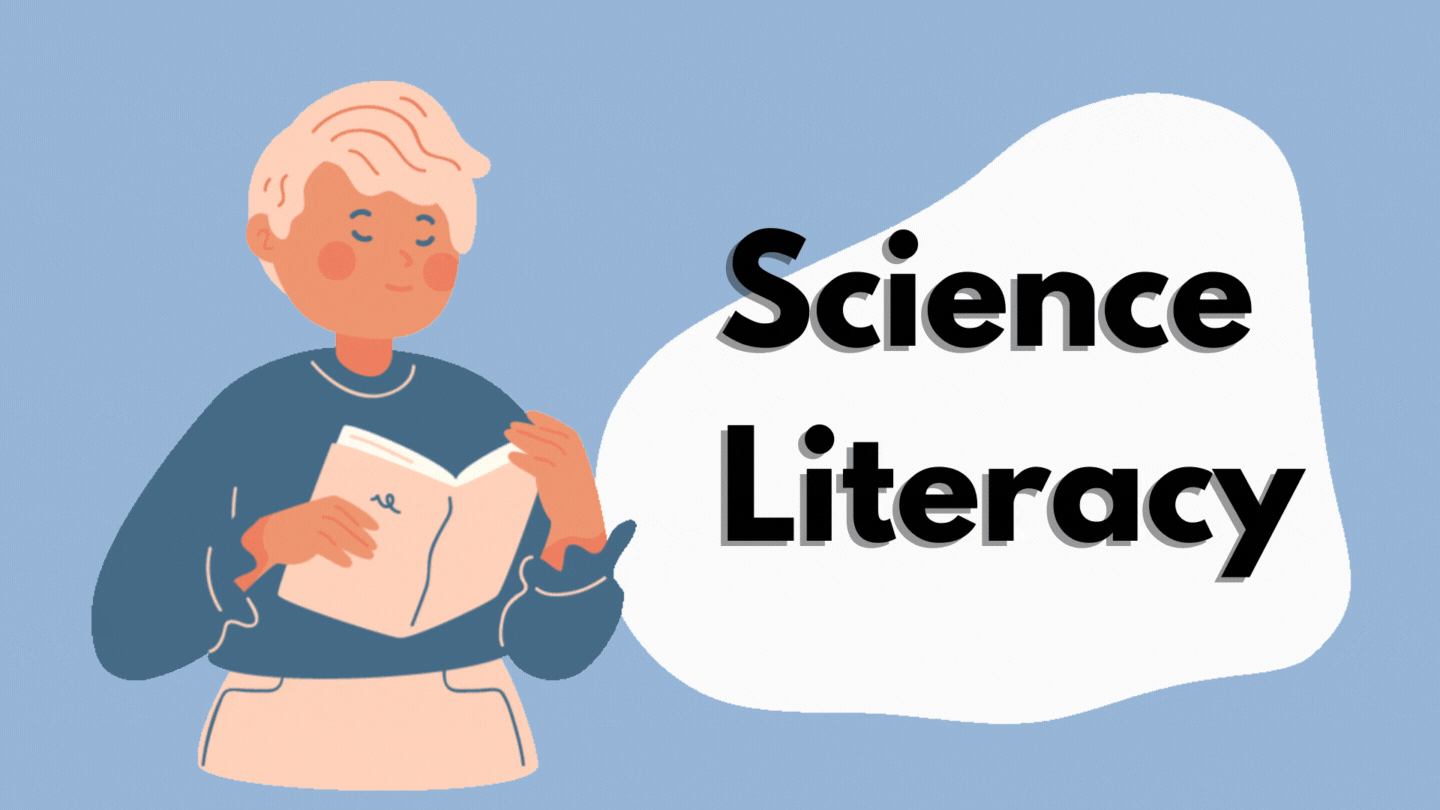
Academic institutions have an important role to play in making science literacy courses accessible to the general public. The U of A has its own free science literacy course online.
We can consider incorporating these critical skills throughout the curriculum in universities and education at large.
Is there any advice you would give specifically to students?

As millennials and Gen Z, you have to process large amounts of information like never before. You’re bombarded with information all the time. Be sure to take breaks from your screens. Taking a step away from the noise is good for your mental health and your critical thinking skills. You are in a better position to analyze the content when you do that. It is also vital to recognize the cognitive biases we all have (because we do all have them) based on our upbringings, tendencies, and how we see the world (negativity and confirmation bias). Always remain curious and critical of the content you’re reading.
...and join the #ScienceUpFirst team! It is open to everyone!
This interview has been edited for length and clarity.